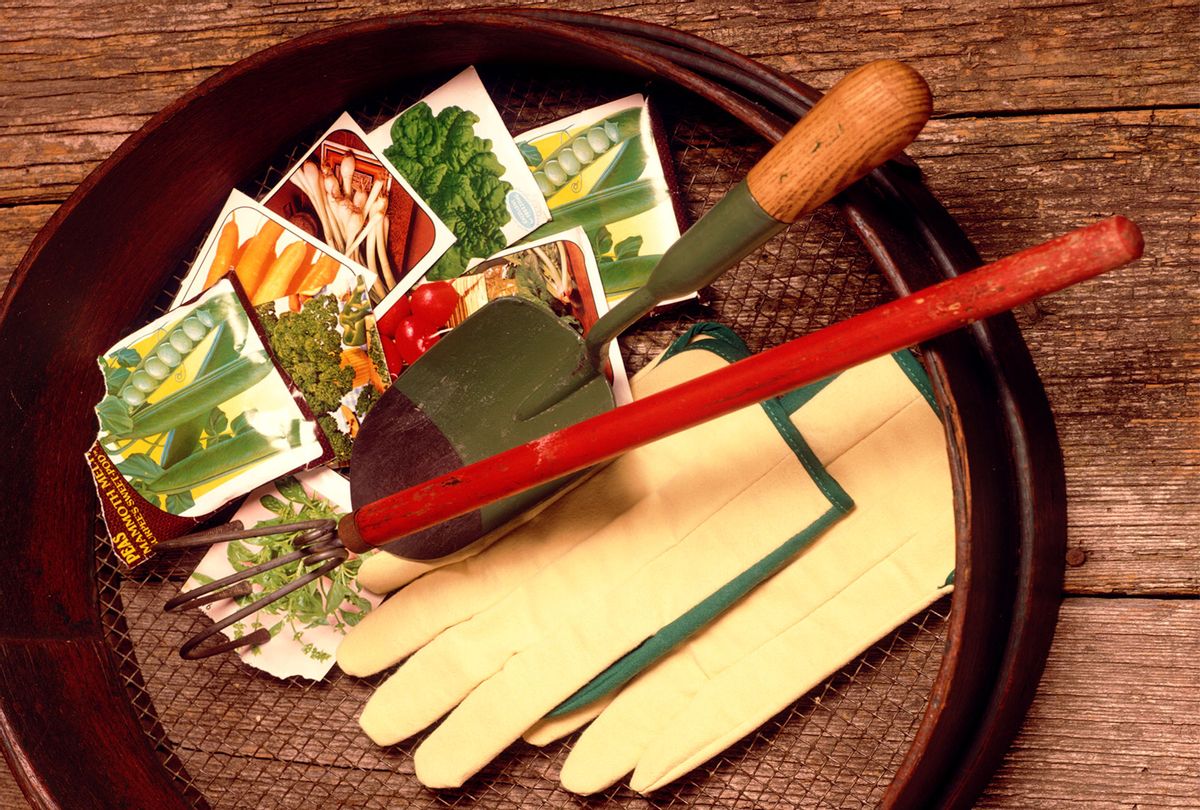If you have free space in your garden beds or empty containers, it's still early enough to plant for a fall harvest. Vegetable gardening in the fall is often more successful than in the spring or summer because you are up against fewer odds: weed growth slows down, the plants are under less heat stress, there's more rain, and many garden pests are also (temporarily) gone. While you can certainly do a thorough end-of-seasoning gardening cleanup (and you should!) you can also make use of your fertile ground for a harvest-timed harvest.
Read on for the best ways to leverage the last of the pre-winter weather for a successful fall vegetable garden.
* * *
Count down how much time you have left
To determine how much time you have left in your local gardening season, find out when to expect the first frost in your area. It doesn't mean that your gardening season is coming to a screeching halt then, as many fall vegetables can withstand a light frost, in fact, the taste of some becomes better in cold weather.
Next, check the days to maturity of the vegetables you would like to plant to make sure they fit into your time window. Days to maturity is the number of days from the time when the seeds start to germinate to the time of harvest. For example, bunching radishes germinate in as quickly as three to four days, and then take 20 to 30 days to mature. On the outer ends, that's a total of 34 days. Where I live in northeast Pennsylvania, the first frost occurs around October 3. Counting back from that date, I know that I better get the radish seeds in the ground by Labor Day weekend.
In the warmer climates of the southwestern and southeastern United States as well as in the northwest, you have a much larger time window, as many cool-season vegetables can be overwintered. One of the most memorable dinners I ever had with parsnips was actually on a visit to Oregon in January. The humongous root vegetables came straight from a friend's garden, wonderfully tasty and sweet.
Here are some suggestions for vegetables you can plant for fall and early winter harvest:
Take your pick: tender lettuce or robust bitter greens
There are numerous choices for leafy greens: lettuce, spinach, arugula, and bitter and Asian greens such as mizuna greens. They vary greatly in their days to maturity so make sure you pick those that fit your climate zone's time window.
Head lettuces take longer than baby leaf lettuces. The quickest leaf lettuce to mature is mesclun mix. Corn salad (aka lamb's lettuce or mâche) is delicious and cold-hardy. Unfortunately, I've never had much luck with it, probably because it germinates best at soil temperatures between 50 and 70 degrees F and the warm, sometimes even hot fall days mess with the germination.
Radicchio is another vegetable that needs cool weather so it can form its tight heads. Exposure to cold temperatures makes it taste sweeter and cuts down on the bitterness.
Discover the hardy side of kale
While it's too late to start head cabbages or Brussels sprouts in cooler climates, you can still grow several members of the cabbage family, including kale and collard greens. It has always puzzled me that in the United States, kale is grown in the summer, because in my native Germany, it's the epitome of a winter vegetable and used in hearty dishes. Kale will stop growing once the temperatures drop below freezing but you can still harvest it, even in the snow. And it tastes much sweeter, as the cold converts the starches into sugar. The same applies to collard greens.
Broccoli, just like cabbage, needs longer to mature but you can still plant leaf broccoli, mini broccoli, or broccoli raab.
Radishes are a great fall vegetable if you are late to the game because they are so easy and quick to grow. For something special, try an unusual variety such as watermelon radishes, daikon, or black Spanish radish, although special varieties often take longer to mature so check before you purchase the seeds.
Too late for root veggies? Go with just beet greens
Other root vegetables for fall harvest are turnips, carrots, rutabagas, and parsnips. They need two, in the case parsnips, even more than three frost-free months, so starting them now might not be an option. The same applies to beets, with one exception: you can grow them simply for the delicious tender greens, and fall is a much better time to do that than in the spring when flea beetles and other pests feast on the leaves.
Get ready for garlic planting
Not for harvesting anytime soon, but fall is also the time to plant next year's garlic crop — hardy stiffneck garlic if you're in a cool climate, or softneck garlic in warmer climates. Seed companies will start shipping in October, so order your planting garlic as soon as possible, especially if you have your mind set on a certain variety.




Shares